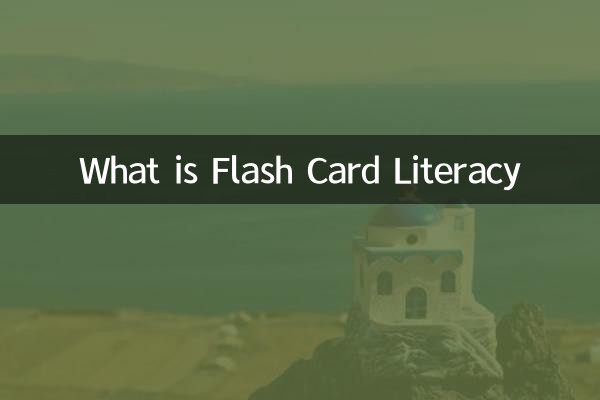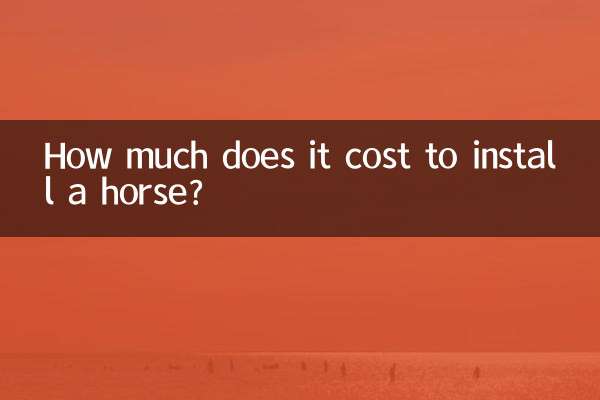What is Flash Card Literacy
Flashcard literacy is a teaching method that helps learners remember and recognize words by quickly showing cards (usually with words or pictures). This method is widely used in the fields of early childhood education, language learning, and special education, and is highly respected for its simplicity and efficiency. In recent years, with the advancement of educational technology, flashcard literacy has also evolved into digital forms, such as mobile applications and online learning platforms.
The following is a compilation of hot topics and hot content across the Internet in the past 10 days. Combined with the application scenarios of flash card literacy, we can better understand its value and trends.

| hot topics | Hot content | Association with flashcard literacy |
|---|---|---|
| New trends in early childhood education | Parents focus on developing early literacy and reading skills | Flash card literacy is one of the classic tools for early childhood education |
| Language Learning App Review | Several language learning apps add flashcard functions | Digital flashcards become a popular feature in language learning |
| Education technology financing trends | Several flashcard education technology companies have received financing | The market demand for flash card literacy continues to grow |
| Parental Education Anxiety | How to scientifically improve children’s literacy skills | Flash card literacy is recommended as one of the scientific methods |
The scientific principles of flash card literacy
The core principles of flashcard literacy are based onspaced repetitionandvisual stimulation. By repeatedly showing the cards, the learner's brain forms a long-term memory of the words or images. Research shows that this method is particularly suitable for children because they have strong visual memory skills and the rapid presentation of flash cards can effectively capture their attention.
Here are the key benefits of flashcard literacy:
| Advantages | Description |
|---|---|
| Efficient memory | Improve memory efficiency through repeated stimulation |
| Highly interesting | Card designs are diverse and suitable for children's interests |
| Flexible application | Can be used in various scenarios such as literacy and word memory |
How to effectively use flashcards for literacy
To get the most out of flashcard literacy, parents or teachers can follow these steps:
1.Choose the right card: According to the age and level of the learner, choose cards with clear text or pictures and relevant content.
2.Control display time: The display time of each card should not be too long, usually 1-2 seconds, to maintain the learner's attention.
3.Review regularly: According to the forgetting curve, arrange a reasonable review cycle to consolidate the memory effect.
4.Combined with interaction: Make the learning process more interesting through questions or games.
The development trend of digital flash cards
With the development of technology, traditional paper flash cards are gradually replaced by digital forms. Many educational apps integrate flashcard functions and combine them with algorithms to achieve personalized learning. For example:
| Platform/App | Features |
|---|---|
| Anki | Flashcard tool based on spaced repetition algorithm |
| Quizlet | Provides a massive library of user-generated flashcards |
| Duolingo | Integrate flashcards into the language learning process |
The advantage of digital flashcards is that they can dynamically adjust learning content and help users master knowledge more efficiently through data analysis.
Summary
As a classic teaching method, flash card literacy still occupies an important position in the field of education because of its scientific nature and efficiency. Whether it is traditional paper cards or modern digital tools, the core goal is to help learners quickly memorize and recognize words. Combined with current educational technology trends, flashcard literacy will continue to evolve to provide convenience for more learners.

check the details

check the details